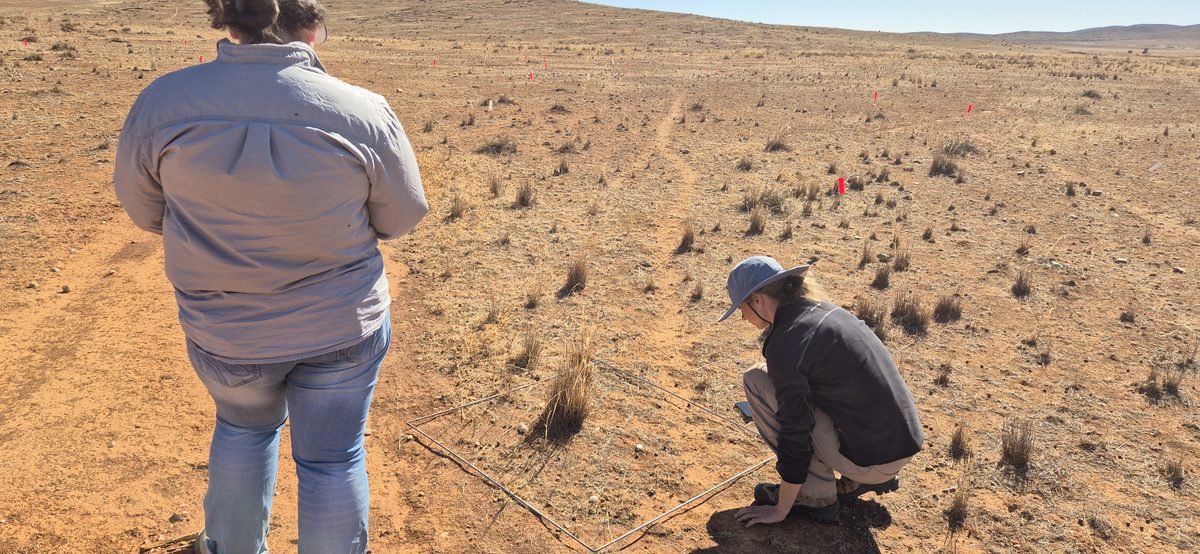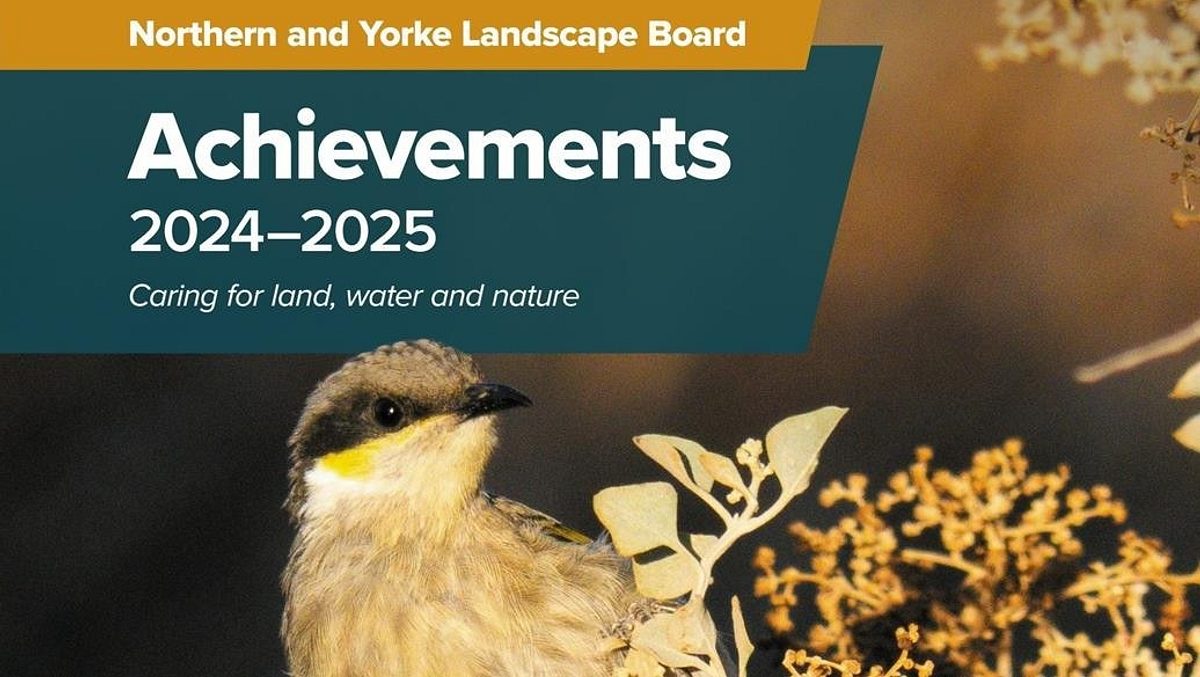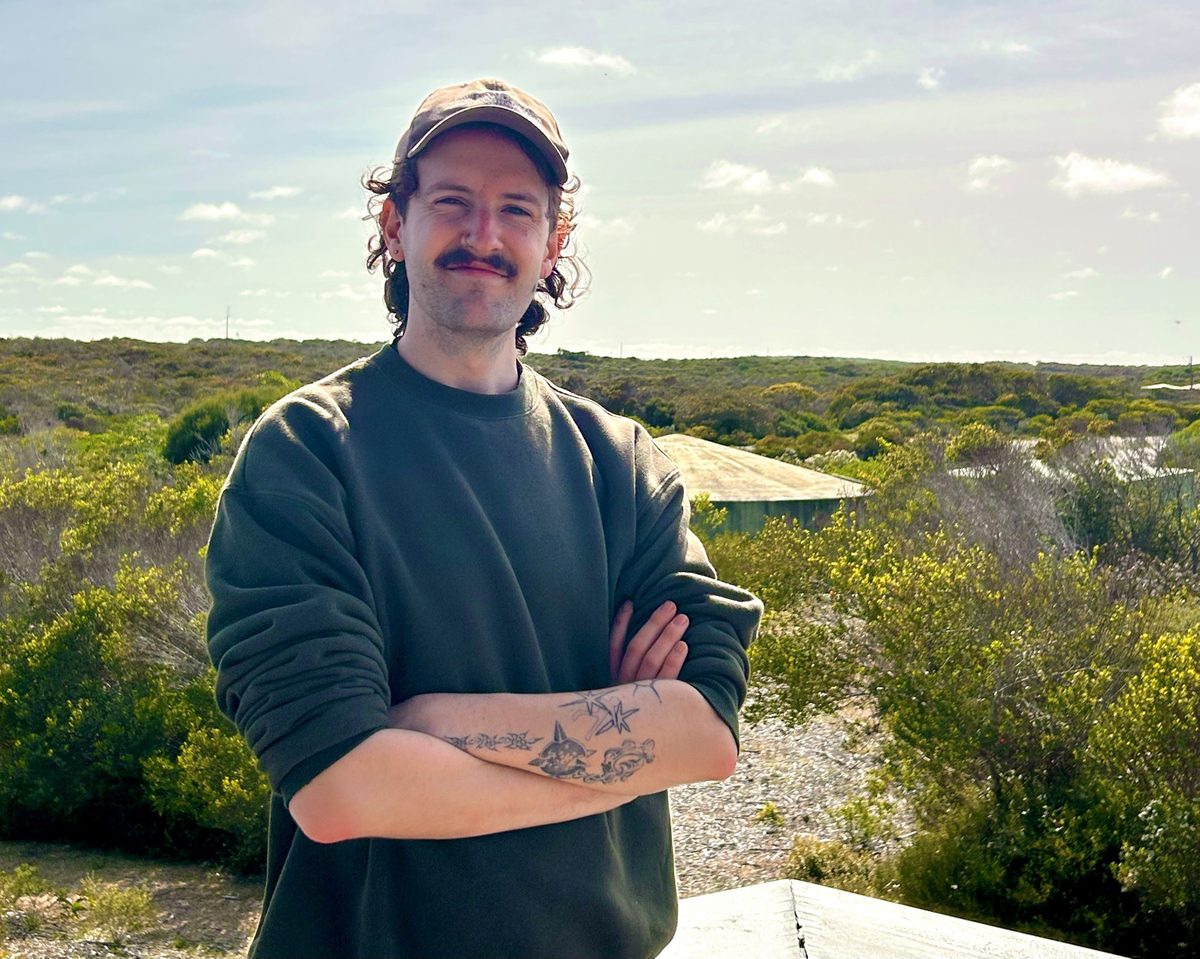5 environmental drivers set to shape Northern and Yorke landscapes in 2025
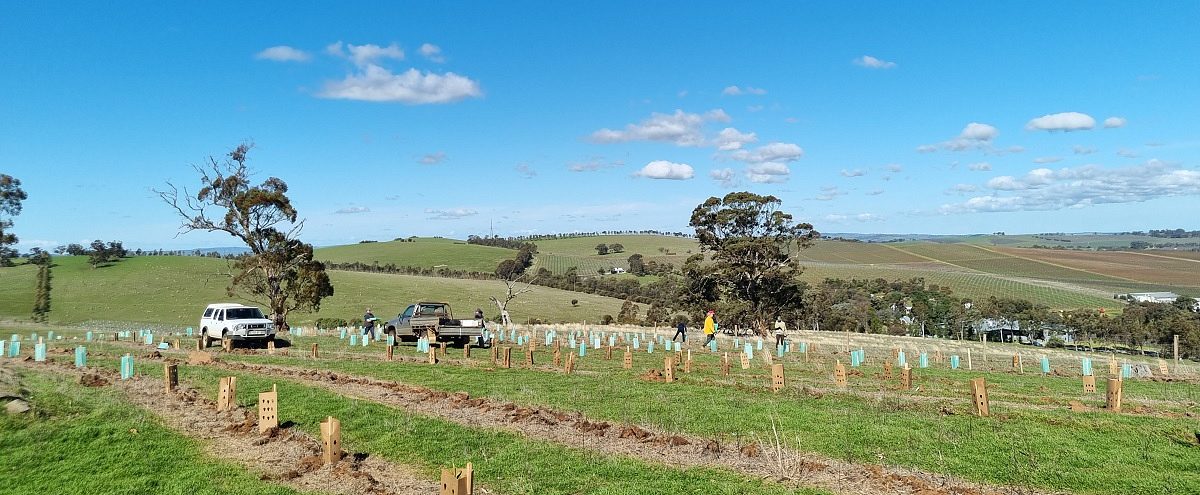
With raging bushfires at the top of international news and drought threatening livelihoods at home, the health of our environment is front of mind in many households as we begin the new year.
The Northern and Yorke region is not immune to climate challenges.
Our farmers face drought, our coastlines are being loved to death and we’re battling infestations of deer, foxes and feral cats.
Yet there is plenty of hope for the many healthy environments that remain strong in our region. And in the passionate individuals, groups and organisations that continue to step up.
Tony Fox, General Manager of the Northern and Yorke Landscape Board shares his take on the drivers that will influence how we care for our land, water and nature in this region in 2025.
1. Water security
There is no doubt that water is featuring highly on everybody's thinking, especially water security and navigating the drought. Water, or a lack of it, has a pervasive impact on our natural resources, society and environments both in our region and around the state.
As water becomes scarcer, people are making every effort they can to capture and retain the water that falls on their properties. This includes physical reshaping of parts of the landscape, planting shelter belts or careful pasture selection to ensure any rain soaks into the soil. At the same time, these efficiencies can have a perverse effect on our natural waterways, by limiting the water available for our creeks and rivers that are home to important biodiversity.
Our water allocation plans are critically important in finding a balance for these agricultural, societal and environmental needs with an eye to longer-term water security. The Northern and Yorke Landscape Board is continuing to lead work on the Barossa and Baroota Water Allocation Plans (WAPs), with plans to soon tackle the Clare Valley WAP.
Now is a pivotal time for many of the farmers in our region, with our soils being bone dry. What’s important as a landscape board is focusing on how we work with our landholders to support them through these dry times. Making the most of water is one thing, but so is looking at long-term opportunities and innovations related to farm diversification. The carbon and biodiversity credit markets are options that are looming and we’re setting ourselves up to help farmers explore these enterprises into the future.
2. Strategy
On the near horizon is important work to develop the next 5-year State Landscape Strategy. It's a high-level document required under the Landscape South Australia Act 2019 that sets out the agreed priorities across the state and helps us to define our regional plans.
We're doing that strategic design work this year, which will impact how the Landscape Priority Funds are spent and how we tackle issues like Buffel grass control, feral deer eradication and water management.
At a regional level, we’re continuing our work on the draft Guuranda – Yorke Peninsula Coastal Access Strategy, which aims to protect our coastlines. We’re taking a collaborative approach to develop this strategy and then deliver actions like coastal fencing, revegetation, and valuing First Nations assets.
3. Urban NRM
Urban NRM (natural resource management) will be an important focus area in 2025. It’s about promoting healthy, biodiverse spaces that capture and make the best use of water, undeveloped areas and allow residents to create biodiversity in their own backyards.
The Northern and Yorke region has a population of about 150,000 people, with major centres in Port Pirie, Gawler, Nuriootpa, Clare, Balaklava, Peterborough, Orroroo, Burra, Moonta and Kadina. Engaging with property owners and community groups in townships like these is key to expanding green and biodiverse spaces for both lifestyle and environmental benefits.
Urban NRM will be part of Northern and Yorke’s next 5-year Regional Landscape Plan, but we’re already incorporating its principles in our general work in the region.
We’re also partnering with Green Adelaide to explore water and biodiversity-sensitive urban design principles to ensure they’re part of any new developments in our region.
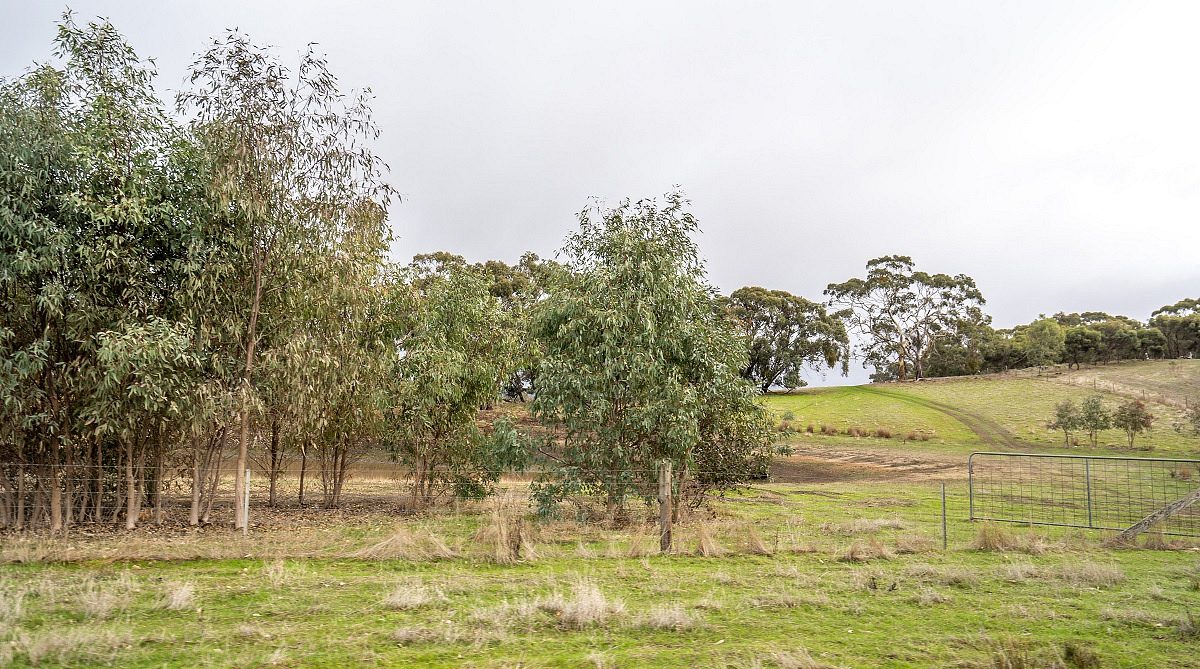
4. Revegetation
Areas of remnant vegetation hold the key to retaining biodiversity in our region and it’s critical to protect these parts of our landscape that are still in reasonable nick.
That means major revegetation projects that focus on improving the health and connecting sections of existing vegetation across farmland. Eighty per cent of our region is used for agricultural production, so it makes sense that we work with producers on this. Preserving tracts of vegetation not only helps the environment but also offers positive environmental services for crops and animals, leading to more resilient and sustainable farm operations.
The reality is that it’s almost impossible to recreate areas of remnant vegetation. As a society, we need to better value existing native vegetation and commit to saving the patches we have left.
This year we'd like to progress a threatened plant species seed bank and nursery to support any future broad-scale, biodiverse revegetation work.
5. First Nations
In working alongside First Nations people, a big priority for us is facilitating cultural sharing, to ensure their culture continues to be shared with younger generations. First Nations people have thrived on this continent for thousands of years and there are important environmental benefits from embracing traditional land management practices. It’s important that we value their culture and do what we can to help preserve their knowledge, traditions, lore and their communities.
The Narungga, Ngadjuri, Nukunu, Kaurna and Peramangk people are the Traditional custodians of the Northern and Yorke region and are integral in caring for this Country.
We’re investing in Healthy Country Planning programs that identify what First Nations communities want to see happen on their Country, including protecting cultural sites, restoring native vegetation, reintroducing native species, enterprise opportunities and cultural sharing sessions.
We can always do this better, but we’re committed to improving how we work alongside First Nations people, provide opportunities and support their aspirations.
Get involved in caring for land, water and nature in the region
- Subscribe to our Yakka e-newsletter to keep updated about new opportunities in your patch
- Register your interest to join a local community group
- Download the FeralScan app to record pest animal activity in your local area. This information helps to create a feral animal map and guides our control efforts.
